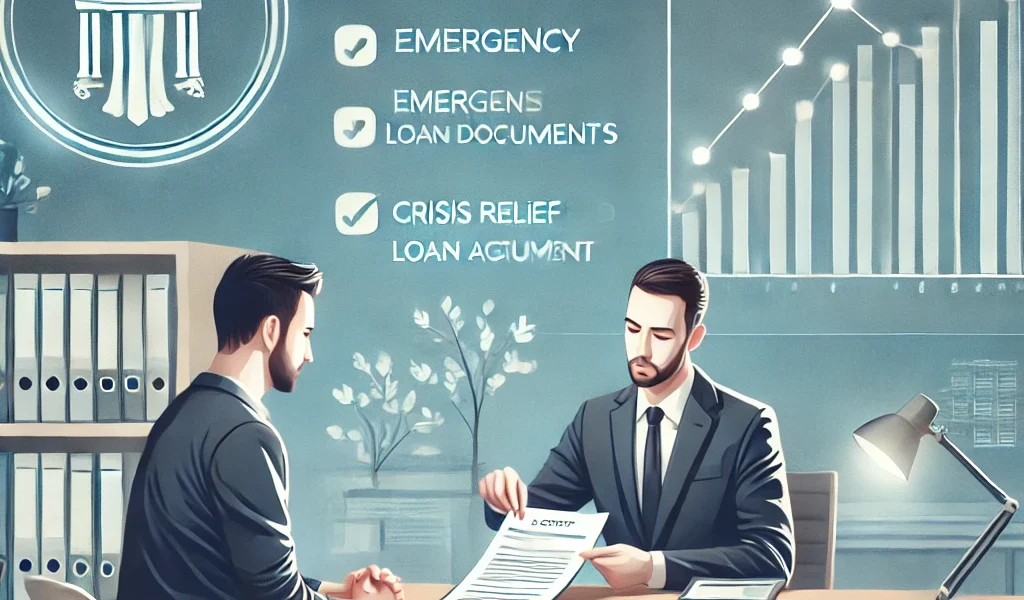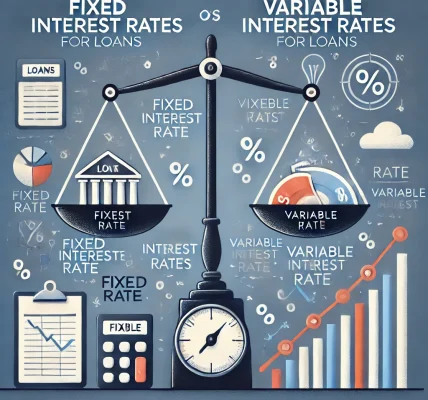Introduction
Financial crises can arise unexpectedly, impacting individuals, businesses, and even entire economies. During such times, emergency loans serve as a critical financial lifeline. Understanding emergency loan policies can help borrowers navigate difficult situations with clarity and preparedness.
In this guide, we will explore how emergency loans work, their eligibility criteria, repayment terms, and the pros and cons associated with them.
What Are Emergency Loans?
Emergency loans are short-term financial aids provided by banks, credit unions, or online lenders to help individuals and businesses handle urgent financial needs. These loans can be used for medical emergencies, sudden job loss, natural disasters, or other crises.
Types of Emergency Loans
- Personal Emergency Loans – Unsecured loans used for medical bills, rent, or essential expenses.
- Business Emergency Loans – Funds offered to businesses facing unexpected downturns.
- Government Relief Loans – Special loans provided during economic recessions or pandemics.
- Credit Card Cash Advances – Borrowing against your credit card limit for immediate cash needs.
- Payday Loans – Short-term, high-interest loans typically used for urgent expenses.
Eligibility Criteria for Emergency Loans
Lenders have specific requirements for approving emergency loans. While policies vary, common eligibility factors include:
- Credit Score – A good credit score improves loan approval chances, though some lenders offer emergency loans to those with low credit.
- Income Stability – Proof of income assures lenders of repayment ability.
- Employment Status – Full-time employees and business owners typically qualify more easily.
- Collateral Requirement – Some emergency loans are secured, requiring assets as collateral.
Repayment Terms and Interest Rates
Emergency loans often come with distinct repayment structures and interest rates:
- Shorter Loan Tenures – These loans usually have repayment periods ranging from a few months to a couple of years.
- Higher Interest Rates – Due to their urgent nature, interest rates can be higher than standard loans.
- Flexible Repayment Options – Some lenders offer repayment flexibility, including deferred payment periods.
- Government-Backed Loan Benefits – Some crisis loans have lower interest rates and longer repayment terms due to government subsidies.
Pros and Cons of Emergency Loan Policies
Pros
✔ Quick Disbursement – Emergency loans are processed quickly, often within 24-48 hours. ✔ No Collateral Required (in some cases) – Many lenders provide unsecured emergency loans. ✔ Financial Relief in Critical Times – Helps individuals and businesses cover essential expenses. ✔ Flexible Loan Options – Various loan types are available depending on needs.
Cons
✖ Higher Interest Rates – Interest can be significantly higher compared to traditional loans. ✖ Shorter Repayment Periods – Monthly payments may be high due to short tenure. ✖ Potential Debt Cycle – Borrowers might fall into a debt trap if they cannot repay on time. ✖ Stringent Eligibility – Some lenders may require strong creditworthiness or income stability.
How to Choose the Right Emergency Loan
Before applying for an emergency loan, consider these key factors:
- Compare Lenders – Review interest rates, processing fees, and repayment terms.
- Check Loan Terms – Read the fine print regarding penalties, interest hikes, or hidden fees.
- Assess Your Repayment Ability – Ensure you can manage repayments without financial strain.
- Look for Government Assistance – Check if you qualify for government-backed emergency relief programs.
Conclusion
Emergency loans can provide crucial financial support during crises, but understanding their policies is essential to make informed decisions. By evaluating eligibility, interest rates, and repayment terms, borrowers can choose the best loan option that fits their needs. Always read the fine print and ensure you have a solid repayment plan to avoid long-term financial burdens.




